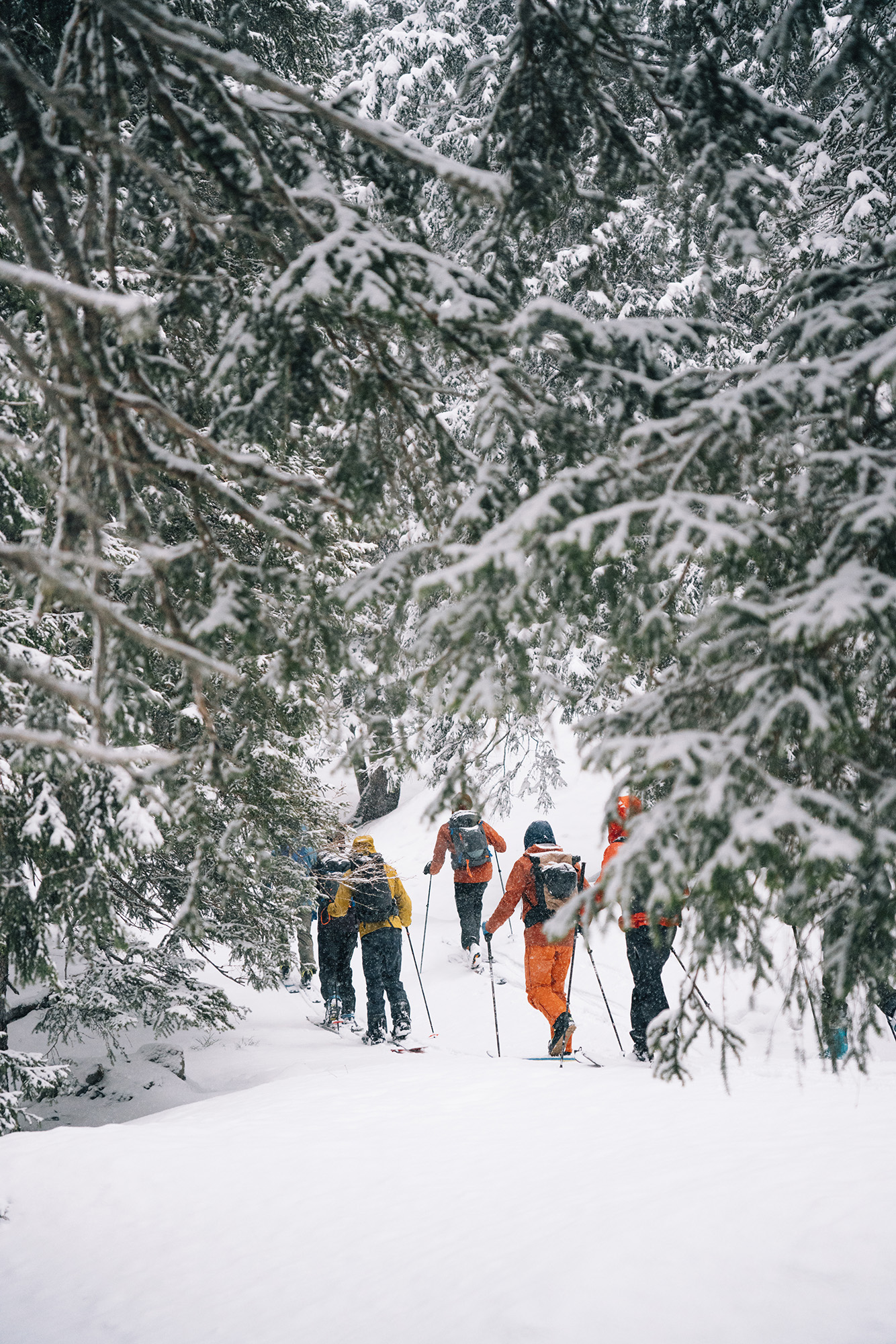By:
Lisa Misconel
Photos by: Julian Rohn

In the Austrian Alps, there has been a weather station in operation since 1886 that only stopped for a few hours after World War I. This means 138 years of non-stop activity: that would seem like something impressive in itself. However, if I told you that this is located at an elevation of 3106m on the summit of a mountain and that to get there, technicians must travel the entire Rauris valley, climb a forestry road inside the Hohe Tauern National Park in a pickup truck going into the narrow Hüttwinkltal valley, and finally board a gondola with a 47 percent incline that climbs the last 1484m of elevation gain to finally arrive at the station where the wind blows at 80km/h…. perhaps then we can agree that there is some unbelievable.
Yet it is all true. This facility has been measuring and analyzing air and soil every three hours by alternating shifts with two technicians every 14 days since 1886.

In the first half of March 2024, we had the opportunity to get up close and personal with this almost surreal reality. It was the Patagonia team that uncovered this story for us to learn about, and took us along with them on a weekend where the mountains were the undisputed stars.
We set off by retracing the road leading into the narrow Hüttwinkl valley in a pickup truck, where in addition to our backpacks we could not resist loading skis and boots. In fact, the gondola that climbs vertically leading to the summit of Hoher Sonnblick where the station is located is not open to the public, but only to authorized visitors in limited numbers, and so we thought we would climb the 1484m on our own legs.
The alarm goes off at 7 a.m. which, you will say, is not so bad. In fact, the secret lies in the starting point: the Rauris Valley and pickup section we cut by spending the night at Ammererhof, a property that combines history and tradition with small chalets with a modern twist. They don’t get Wi-fi here, there’s a lot of chatting and brushing up on cards, vegetarian food, and you can even find a great lentil dahl cooked by a very nice waiter/chef/toyman who has moved from the eight-thousanders of Nepal to these very mountains here.
The winter has certainly not been one of the best, and the beautiful snowfall we would have hoped for does not come until the next day when we leave. The creaking of the rampants and the blowing of the wind will accompany us from the start to the summit, through the initial groves, along the traverses, past the Neubau Hut. Immersed in the Goldberg range, part of the Hohe Tauern we proceed at a steady pace speaking in English, German, Italian. After 7 km and about 1500m of elevation gain, we get our first close glimpse of the meter station, the Sonnblick Observatory. It is almost like being in a science fiction movie: the entire structure is wrapped in a blanket of snow and ice, its shape is irregular, with antennas, ladders, turrets. At the helm of this “spacecraft” in the middle of the ice is Dr. Elke Ludewig, a meteorologist and oceanologist who has worked for years in Antarctica and now heads the Sonnblick station. We are greeted by her herself, who then guides us to discover this place and the work that goes on inside it.
The Rauris valley is an ancient gold mining area, and because of the infrastructure associated with its past, it was chosen as the location for the first international weather service station. After one hundred years, restoration work was carried out in 1980 to ensure safety and efficiency of all machinery and the structure itself. The terrace is where all the antennas and sensors collect data: sunlight, air quality, humidity, wind strength are just some of the measurable parameters.
To give you a sense of the power of certain events, from here it was possible to detect particles that arrived from Japan thirty days after the Fukushima nuclear accident, or the presence of nano- and microplastics in the air brought in even from metropolises such as London and Paris. Clouds are also measured, going to identify the origin of water particles and thus being able to predict future droughts of lakes and streams.
What is all this for? To lay the foundation for any scientific research related to climate, weather and the general evolution of the world in which we have lived, live and will live. One is able to measure the impact of past human and natural events and interventions, but also to highlight how those of the present have an enormous impact on measurements while also helping to predict what lies ahead in the future.
Sonnblick Observatory so it is not science fiction but a concrete and operational reality to learn about and who knows, maybe even visit on foot or on skis on a little getaway in the Austrian Alps!
